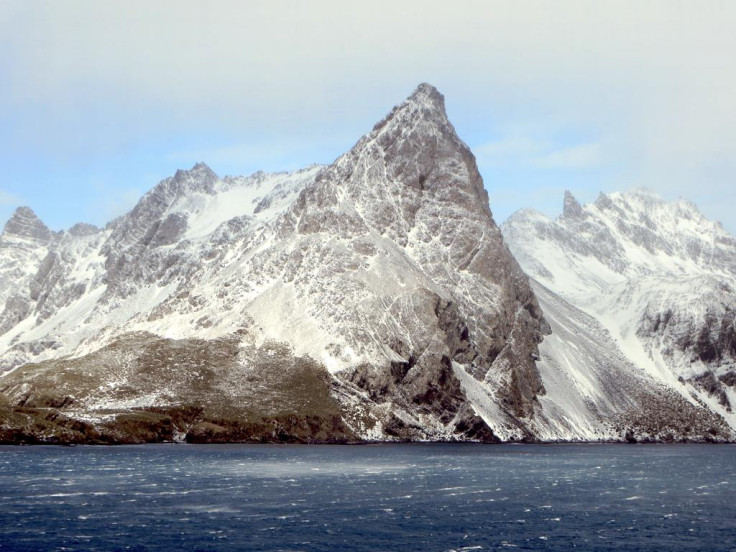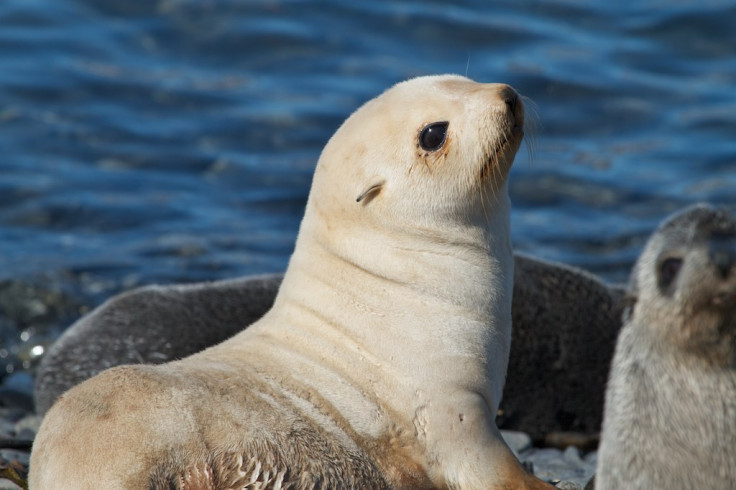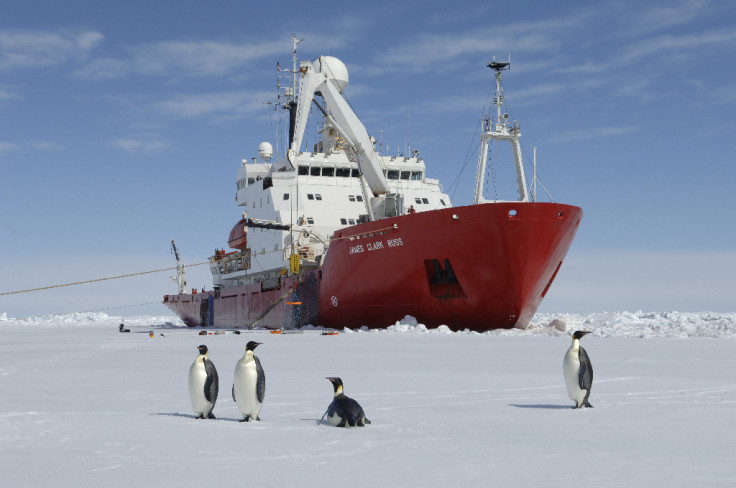An ancient ice sheet pushed life to the brink at South Georgia 20,000 years ago
The island in the South Atlantic Ocean has one of the richest ecosystems on Earth - but it barely survived the last ice age.
The fingerprints of glaciers left in the sea bed around the island of South Georgia have been revealed, showing that a huge ice sheet extended over the whole island and its surrounding continental shelf in the most recent ice age.
South Georgia, an island in the Southern Atlantic Ocean, is an island with an incredible array of wildlife. It is home to furred seals, penguins and sea creatures such as sea stars and crabs.
But a study published in the journal Nature Communications has shown that it wasn't always like this. About 20,000 years ago, in the depths of the most recent ice age, an enormous ice sheet covered the whole of South Georgia. Life would only have been able to cling on at the fringes of the ice sheet.
Life on the edge
"Although it's a very small island compared with Antarctica, the area around South Georgia is extraordinarily rich in life. In terms of its ecosystem, it's in one of the richest oceans on Earth," study author Alastair Graham of the University of Exeter told IBTimes UK.
Biological and genetic analyses show that South Georgia has been inhabited by sea creatures throughout the last ice age. The new study's findings suggest that they must have clung on to life at the very edges of the continental shelf and at tiny warmer patches of land.

"The animals there have lived and evolved through many ice ages there. So there must have been pockets of sea thaws of the bed around the ice cap, where life survived."
Clues in the seafloor
The paper mapped the ridges in the ocean floor surrounding the island using sonar and sediment coring, to map tell-tale signs of glacial activity. As glaciers grow and extend out over the ocean, they can force sediment ahead of them, ploughing ridges into the ocean floor. Tens of thousands of years later – long after the glaciers have melted – these ridges are still left in place.

The ice sheet stretched for tens of kilometres out into the ocean around South Georgia, the study found. This was much further than previously thought possible, as the climate conditions were very different 20,000 years ago.
"Earth was very cold and inhospitable, but surprisingly dry. We didn't think the ice cap would grow that large because there wouldn't have been the nourishment of snow to grow it," Graham said. "The long held view was that the ice cap was a bit bigger than it is today but not a huge amount larger."
Improving climate forecasts
The findings will help improve climate models for the future, as well as painting a more accurate view of the climate history of the most recent ice age.

"We have to tune those models to the data record. We have an idea now that there was a large ice cap at South Georgia. If we need to reconstruct ice age climates we need to include that," said Graham. "If you can do that in the model then you ache confidence that it's working well."
The history of South Georgia's huge historic ice cap also brings its melting today into sharper perspective.
"All the glaciers there have been in a massive phase of retreat since the 1950s, growing smaller every year. Now we've got a longer-term picture of the ice cap behaviour over millennia. This frames what is going on today quite starkly."

Duanne White, of the University of Canberra and also a study author, added: "It is perhaps unsurprising that South Georgia's glaciers were sensitive to climate change in the past, but our work has really shown that they were dynamic and underwent big changes over geological time.
"Improving the history of glacier behaviour on South Georgia even further is now essential so that we have a long-term context for the alarming recession we are witnessing right now."
© Copyright IBTimes 2025. All rights reserved.





















